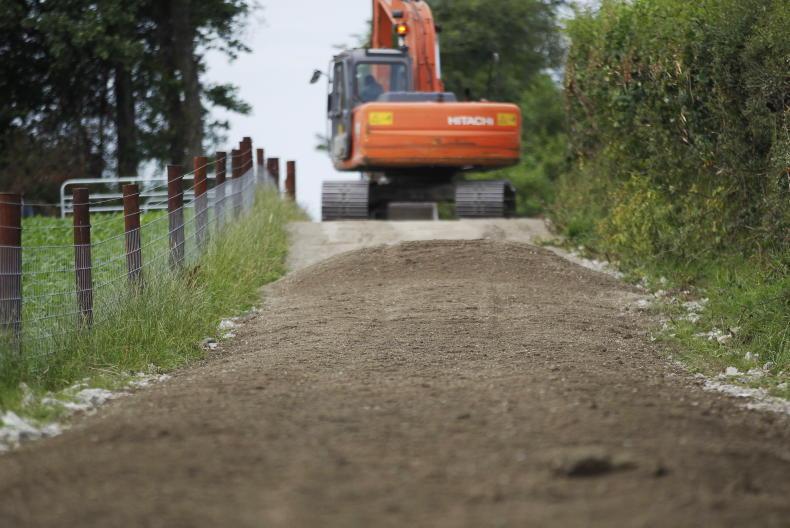The escalation in farm input costs such as fertiliser, feed and energy is locking up finances and pushing plans for investing in farm infrastructure down the list of priorities.
In the past, this was more apparent in the suckler, sheep and beef sectors, but reports indicate some dairy farmers are also thinking twice about significant investments in infrastructure which are not critical at present, while spending in pig farms has also come to an abrupt halt.
This is not to say that all spending on infrastructure has stopped, rather that more thought is being put into how investments are going to be funded. This is a sensible approach, as cashflow management will continue to be a critical component of farm businesses for at least the next 12 months.
Decisions
Where cashflow or access to finance is seen as adequate, then decisions on investments should be based on the potential return on investment, labour saving efficiencies and legislative concerns. To expand on the latter point, this includes investments in infrastructure such as slurry storage facilities or cambering of farm roads etc, to satisfy nitrates rules.
Investment in grazing infrastructure should be high on the list of priorities, given the potential return from greater grass utilisation, increased animal performance and the scope to extend the grazing season.

The sheep sector faces more challenges than the beef and dairy sectors in this regard, due to the higher cost of erecting sheep fencing. There are, however, low-cost options that can be availed of.
The number of milking robots installed on farms in recent years has increased significantly. Martin Merrick reports on a farm walk looking at the grazing infrastructure required to operate optimum grassland management in such a system.

The recent announcement by the Department of Agriculture relating to revised reference costs being introduced for tranche 26 of TAMS has received varied feedback. While the increased costings have been welcomed, farm organisations say they do not go far enough to reflect the scale by which costs have increased.
We summarise some of the most common costs relating to farm infrastructure.






 This is a subscriber-only article
This is a subscriber-only article











SHARING OPTIONS: